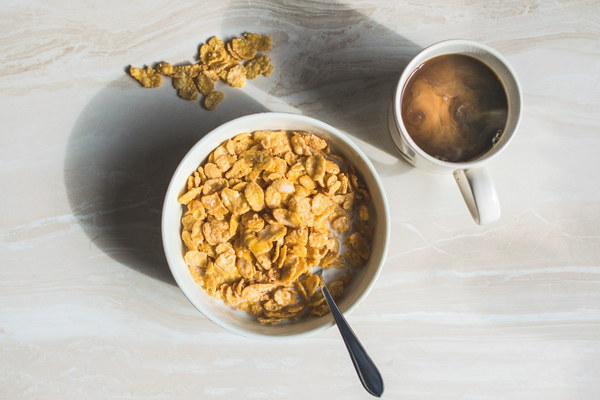Understanding the Occurrence of Sediment in YinQing Fei He Ji A Comprehensive Insight
Yin-Qing Fei He Ji, a traditional Chinese medicine formula, has been widely used for its efficacy in treating various respiratory conditions. However, many users have reported the presence of sediment in the liquid form of this herbal medicine. This article aims to provide a comprehensive insight into the occurrence of sediment in Yin-Qing Fei He Ji and shed light on its implications.
1. Composition of Yin-Qing Fei He Ji
Yin-Qing Fei He Ji is a combination of multiple herbs, including Scutellaria baicalensis, Platycodon grandiflorus, and other medicinal plants. These herbs are known for their cooling and nourishing properties, which help alleviate symptoms such as fever, cough, and sore throat. The liquid form of this herbal medicine is typically prepared by extracting the active compounds from these herbs and combining them with water.
2. Causes of Sediment in Yin-Qing Fei He Ji
The sediment found in Yin-Qing Fei He Ji can be attributed to several factors:
a. Natural constituents: Some of the herbs used in Yin-Qing Fei He Ji contain natural substances that may precipitate out of the solution under certain conditions, such as temperature or pH levels. For example, the polyphenols present in Scutellaria baicalensis can form colloidal particles that lead to sedimentation.
b. Extraction process: The extraction method used to prepare Yin-Qing Fei He Ji can also influence the occurrence of sediment. If the extraction process is not optimized, it may lead to the incomplete dissolution of certain herbal constituents, resulting in sedimentation.
c. Storage and handling: Improper storage and handling of Yin-Qing Fei He Ji can contribute to sediment formation. Exposure to high temperatures, light, or air can degrade the active compounds and cause them to precipitate out of the solution.
3. Implications of Sediment in Yin-Qing Fei He Ji
Although the presence of sediment in Yin-Qing Fei He Ji may raise concerns among users, it is generally considered to be a benign and non-harmful phenomenon. Here are a few points to consider:
a. Quality control: The occurrence of sediment in Yin-Qing Fei He Ji is monitored during the manufacturing process. If the sediment levels exceed the acceptable limit, the product is not released for use. Therefore, the presence of sediment does not necessarily indicate poor quality.
b. Efficacy: The efficacy of Yin-Qing Fei He Ji is not compromised by the presence of sediment. The active compounds responsible for the therapeutic effects are typically soluble and remain in the solution even in the presence of sediment.
c. Consumption: It is important to note that sediment is a natural occurrence in Yin-Qing Fei He Ji. Users can consume the herbal medicine by gently shaking the bottle before each use to ensure that the sediment is evenly distributed throughout the liquid.
4. Recommendations for Consumers
If you encounter sediment in your Yin-Qing Fei He Ji, consider the following recommendations:
a. Shake the bottle before each use: This will help ensure that the sediment is evenly distributed and mixed with the liquid.
b. Store the product properly: Keep the herbal medicine in a cool, dry place away from direct sunlight and extreme temperatures.

c. Consult with a healthcare professional: If you have any concerns regarding the presence of sediment in Yin-Qing Fei He Ji, it is advisable to consult with a healthcare professional for guidance.
In conclusion, the occurrence of sediment in Yin-Qing Fei He Ji is a natural phenomenon that does not necessarily indicate poor quality or compromised efficacy. By understanding the causes and implications of sediment, consumers can make informed decisions regarding the use of this traditional Chinese medicine formula.









